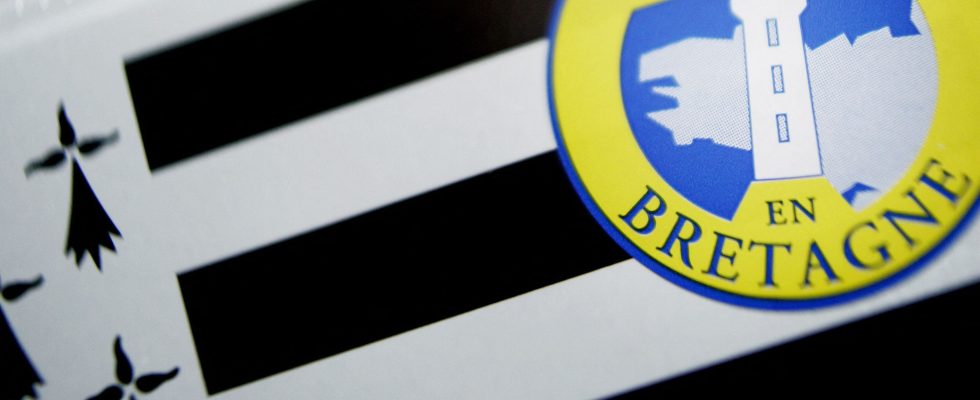It is a French success, which some would say is mainly Breton, but which today radiates beyond the borders of the West. Who has never come across this little yellow and blue logo, with its lighthouse and its name which smacks of the terroir, Produced in Brittany? From butter – obviously -, chocolate, coffee, madeleines to fruits, vegetables and processed products, it has been thirty years since the label stamped on no less than 4,000 products invaded supermarket shelves. A success of “locavorism”, in the service of French food sovereignty, whose adventure began in 1993 in the heads of a few big names in the economic world of the region, determined to take advantage of the slightly chauvinistic spirit of Bretons. The idea, at the time, was above all to encourage buying local to maintain employment in Brittany which was resisting deindustrialization as best it could.
“It’s thirty years of a contract of trust between a label, distributors and consumers,” summarizes Malo Bouëssel du Bourg, the director of the association, which has 500 companies – from the Distillerie des menhirs (12 employees) in Laïta, the first Breton dairy cooperative (2,800 employees) – and 800 member stores. Sporting this precious sesame is not an easy task: you have to go through a rigorous authorization process and scrupulously respect around ten rules, including production in one of the five Breton departments, main materials that are just as Breton in wherever possible, failing which a transformation in the territory, a graphic charter which clearly mentions the origin and nutritional values, etc.
A food regionalism which seduced Michel-Edouard Leclerc (E.Leclerc), Thierry Cotillard (Intermarché) and Dominique Schelcher (Système U), the three monsters of French distribution. But not only that: Produced in Brittany has also diversified into services, tourism or culture, with a music prize and a booksellers prize. With its 933 million euros in turnover generated last year, the brand sees far: 66% of its sales are now made beyond Breton borders.
In a context of widespread inflation in food for more than a year in France, the label is doing remarkably well. A sign that locavorism has a card to play compared to other consumer trends? It could in any case compete with organic in the years to come, especially since the latter, due to its higher price, is less present in shopping carts. In 2022, the share of organic food on French people’s plates will increase from 6.4% to 6%. Over the same period, the volume of packages and cans displaying the lighthouse logo increased by 1.1%, when the national market slowed down by 0.8%. Produced in Brittany even boasts of having become an “anti-inflation weapon”. Better: the association of its name with the mention “Made in France” on a few references would provoke, according to its director, “an overwhelming act of purchasing”, up to 80% on average, for buttered cakes, chips or baby diapers.
At the last Congress of Regions, of which Produits en Bretagne was one of the guests of honor, local elected officials looked at the adventure and its development with a curious, if not interested, eye. Some regional executives have even approached the brand to draw inspiration from it and, in turn, develop their own network. Proof, once again, that food sovereignty and regionalism, when they put themselves at the service of the consumer, are not bad words.
